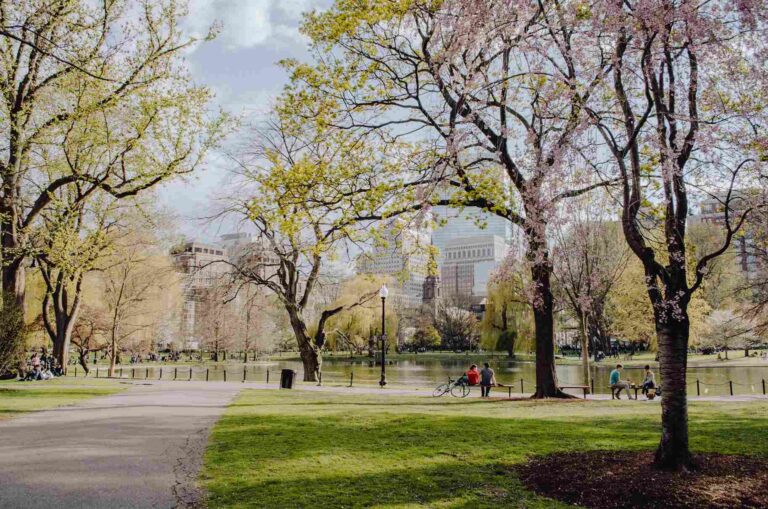A residential urban idea known as a “15-minute city” allows people to do the majority of their daily tasks by walking or cycling from their houses. The idea was also promoted by Paris mayor Anne Hidalgo and inspired by French-Colombian scientist Carlos Moreno, who created the phrase in 2016.
The COVID-19 epidemic and the climate problem conspired to hasten the development of the 15-minute city concept. The concept emphasizes the value of inclusive community engagement through techniques like participatory budgeting and modifying city designs and infrastructure to support dense, comprehensive, all-encompassing communities.
Table of Contents
The 4 principles of the 15-minutes city
The following are the 4 principles of the 15-minute city concept:
- proximity: the extent to which services are reachable via 15-minute transportation for social events;
- density: the optimum population for the area to support local amenities;
- diversity: a range of land uses, including those for entertainment, commerce, and residential purposes, with housing options for all citizens;
- ubiquity: a wide range of amenities that are available to and reasonably priced for everyone.
Benefits of the 15-minutes city
These are the benefits of applying the 15-minute-city model:
- a city that is more equitable and inclusive will have more places for people to play, interact, and socialize both inside and outside of buildings. It will also support local businesses and entrepreneurs. Vulnerable users and those without access to cars will benefit from street design and active transportation programs. Residents will also be able to participate in local policymaking, and there will be a stronger sense of community;
- an increase in local business activity, more employment options in the area, a wider range of local jobs, and more efficient use of buildings and street space all contribute to a stronger local economy;
- greater benefits for physical and mental health associate with active travel, better air, easy access to nutritious food options, great green space, and stronger community links that lessen loneliness. Less time spent commuting also gives people more free time;
- a city that is more ecologically friendly would have fewer car emissions, more trees, plants, and greenery, which would also lessen the risk of flooding and increase biodiversity while reducing the urban heat island effect.
Emphasis of the 15-minutes city
The 15-minute city, which places a strong emphasis on walkability and accessibility, has been proposed as a strategy to better serve demographic groups who have historically been underrepresented in planning, such as the disabled.
In order to maximize urban amenities like parks, schools, and recreational opportunities for citizens, social infrastructure is also prioritized.
Access to green spaces is also given a lot of attention. Which could have beneficial effects on the environment by encouraging biodiversity growth in cities and defending them against invasive species.
According to studies, greater access to green areas can also benefit a city’s residents’ mental and physical health. This, by lowering stress and depressing feelings, boosting happiness, and generally improving their well-being.
Criticism to the 15-minutes city
Critics have noted that the concept may increase the marginalization of underprivileged neighborhoods.
However, a way to prevent this is applying the 15-minute city concept by concentrating initially on underserved sections of the city.
For a 15-minute city for everyone, resource management with an urban policy built on the urban commons is crucial.
The 15-minutes city is leading to a global transformation
Numerous planning models have been put forth over the years and have evolved as a result of their use in various contexts and geographies with the goal of transforming metropolitan areas. Thus, to boost sustainability, their social and economic elements, and their livable status and resilience.
Many of the challenges some cities are attempting to address today are touched upon by the 15-Minute City strategy. The 15-Minute City concepts are deserving of consideration, just like any sound planning idea. They might even assist in realizing the community’s vision and long-term planning objectives.
Read also: Cities Mission, the EU plan to make 100 of its cities climate neutral by 2030












